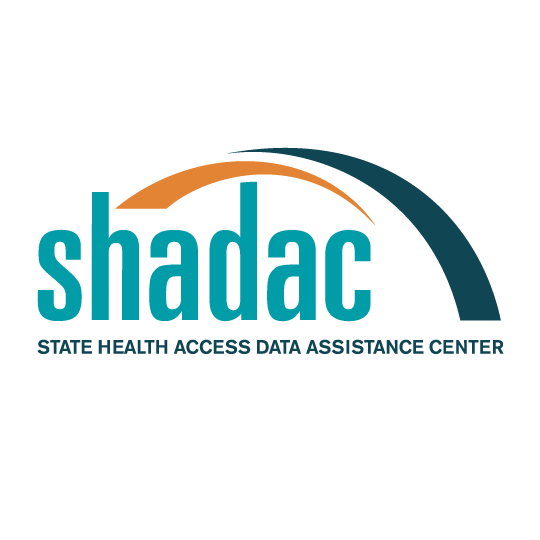Blog & News
FPG vs. FPL: What's the Difference?
April 2023:This blog was originally posted on April 18, 2023 and updated on April 3, 2024
The terms "FPG" and "FPL" are often used interchangeably, but they are not actually the same thing; there are, in fact, important functional differences between the two concepts.
The federal poverty level (FPL) is the income threshold below which a “family,” and every individual in it, is considered to be in poverty.1 The poverty definition is based on money income before taxes and does not include capital gains or non-cash benefits. The official FPL is calculated annually in order to reflect inflation by the Census Bureau and is used primarily for statistical purposes—for example, to estimate the number of Americans in poverty each year. The Census Bureau assigns each person or family a singular threshold out of a possible 48, which can vary by family size (designated up to a nine-person family unit or more), number of children, and—in the case of one-person and two-person households—elderly status. The FPL is the same, however, for all 50 states and the District of Columbia (D.C.).
Table 1. Poverty thresholds for 2023 by size of family and number of related children under 18 years ($)
Source: U.S. Census Bureau. (2024). Poverty thresholds.
Note; The source of the weighted average thresholds is the 2024 Current Population Survey Annual Social and Economic Supplement (CPS ASEC).
The federal poverty guideline (FPG) is a poverty threshold issued by the Department of Health and Human Services (HHS) for administrative purposes—for example, determining financial eligibility for federal programs. FPG, like FPL, varies by family size. However, elderly status is not considered in FPG calculations. Additionally, FPG is not uniform nationally: The 48 contiguous states and D.C. use the same FPG, while Alaska and Hawaii each have their own FPG. Reflective of new administrative practices for the Office of Economic Opportunity (OEO) during the 1966-1970 period, separate guidelines were established for Alaska and Hawaii. Other U.S. territories, such as Puerto Rico and the U.S. Virgin Islands, for instance, do not have separate guidelines, and FPG determinations use either the rate for the 48 contiguous states or some other calculation made by local program officials.
Table 2. 2024 Poverty guidelines (FPG) ($)
Source: Office of the Assistant Secretary for Planning and Evaluation (ASPE). Poverty Guidelines. Department of Health and Human Services (HHS). https://aspe.hhs.gov/topics/poverty-economic-mobility/poverty-guidelines
Ultimately, FPL and FPG identify different numbers of people below the same poverty threshold, with FPG generally placing more people in lower poverty categories than FPL. Additionally, the two measures are released at different times relative to the year to which they apply: The Census Bureau issues its final FPL calculations in the year after the year for which poverty is being measured (e.g., the 2022 FPL, which reflects the calendar year 2022, was issued in April 2023). FPG, on the other hand, is issued by HHS in late January after the year for which poverty is being measured but is named for the year in which it is released (e.g., the 2024 FPG was issued in January 2024, but reflects price changes through calendar year 2023 only). Although the naming conventions for the FPL and the FPG seem to reflect different years, they do, in fact, provide measures for the same year and are therefore comparable.
Current and future eligibility for Medicaid is based on FPG, as are the exchange-based, cost-sharing, and premium subsidies that take place under the federal Affordable Care Act (ACA). Given that these programs affect a substantial and growing number of people, it is important to acknowledge that FPG is distinct from FPL in ways that have significant ramifications on a practical level.
Sources on FPL and FPG
Office of the Assistant Secretary for Planning and Evaluation (ASPE). Poverty Guidelines. Department of Health and Human Services (HHS).
https://aspe.hhs.gov/topics/poverty-economic-mobility/poverty-guidelines
Office of the Assistant Secretary for Planning and Evaluation (ASPE). Poverty guidelines, research, and measurement. Department of Health and Human Services (HHS).
https://aspe.hhs.gov/topics/poverty-economic-mobility/poverty-guidelines/prior-hhs-poverty-guidelines-federal-register-references
U.S. Census Bureau. Poverty Thresholds.
https://www.census.gov/data/tables/time-series/demo/income-poverty/historical-poverty-thresholds.html
U.S. Census Bureau. How the Census Bureau measures poverty.
https://www.census.gov/topics/income-poverty/poverty/guidance/poverty-measures.html
1 A “family” for these purposes refers to a family unit, which can be a single person household but cannot be any singular or multiple individuals living in nontraditional housing such as in group quarters (e.g., institutions, college dorms, military barracks, etc.). Additionally, a family unit does not include unrelated children under the age of 15.









